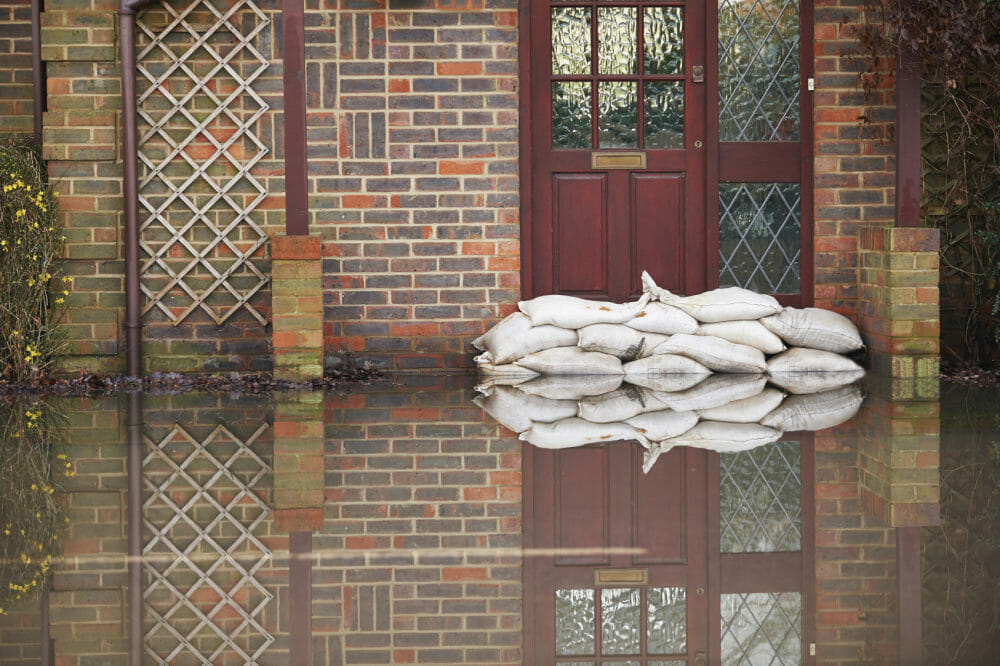
With summer officially here, it would be easy to forget the destruction and devastation caused by flooding earlier in the year as a result of changing weather patterns. We should remind ourselves of what climate change can lead to, and the necessity for the Government to create a new long term planning policy, and for architects and house builders to adopt new building standards and design strategies in
flood-risk areas.
There is a need to improve our knowledge of climate change, understand the effects of flooding and manage the consequences, which means evaluating methods of design and construction. For example in existing properties there are a series of measures in place, such as door guards, which can improve the resilience of houses to flooding.
New housing developments in flood prone areas should always be designed for flood resilience. In the 2007 guide “Improving the Flood Performance of New Buildings: Flood Resilient Construction” published by the Department of Communities and Local Government, resilience is defined as sustainable measures that can be incorporated into the building fabric to reduce the impact of floodwater to the property. One such measure would be to use an anti-flood air brick cover. The self sealing cover which can only be used with clay air bricks, is made from aluminium and incorporates a closed cell EPDM foam. Simple to install, once flood waters subside, the cover can be easily removed. Without the protection of an air brick cover, air bricks can allow over 5000 litres of water per hour to enter a property.
In this perspective the construction material, along with other factors, acquires a primary role in contrasting flooding effects.
Laboratory tests (CIRIA 2006) and experiential evidence (CIRIA 2007) demonstrated that clay bricks offer a high performance in terms of resilience (the best among the different construction materials considered). They were highly rated for water penetration, drying ability and retention of pre-flooded dimensions and structural integrity.
The Brick Development Association upholds a very clear message that: even after a long period of being submerged, clay bricks do not show any damage. In fact clay bricks have the capability to regain their original moisture condition, form and appearance.
Brickwork bridges offer a clear example of the ability of clay bricks to resist water. There are around 100,000 highway carrying bridges in the United Kingdom and about forty percent of these are brick or stone masonry arch bridges. Most of these masonry arches were built in the eighteenth and nineteenth centuries during the construction of the canals and railways. Arch bridges are exposed structures and so many of the potential durability concerns are due to the effects of water, either rain water, flood water, ground water or water from burst pipes within the structure. Damage to the brickwork may occur due to cycles of freezing and thawing but this does not concern flooding.
Moreover bricks with improved and more consistent properties are now available than when most existing arch bridges were built. In the case of buildings, it is important to protect the brickwork from water as far as possible but as an external cladding material, clay bricks offer good resistance and resilience in flood risk areas, reducing the amount of time until a building can be re-occupied.
N.B. All bricks are undamaged by water however, class B engineering brick laid with M12 1:1/4: 3 is particularly resistant to a transition of water, seepage does happen but it’s very slow. Class A engineering bricks are also available and are more resistant. Most water transition takes place in mortar so using a stiffer mortar with a stronger brick can be very beneficial. To make the mortar more water resistant, this should be heavily worked, to seal the joints and compress the mortar, this gives a harder, more water resistant finish.
